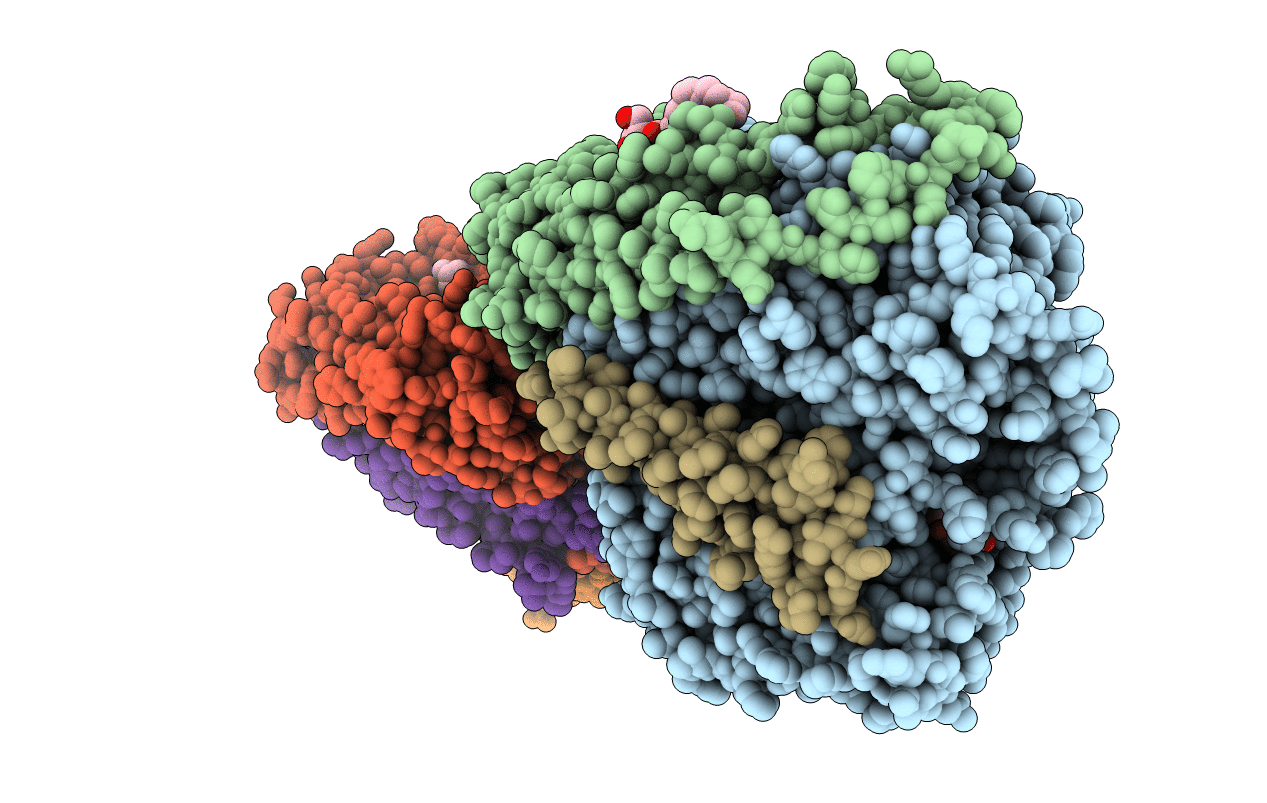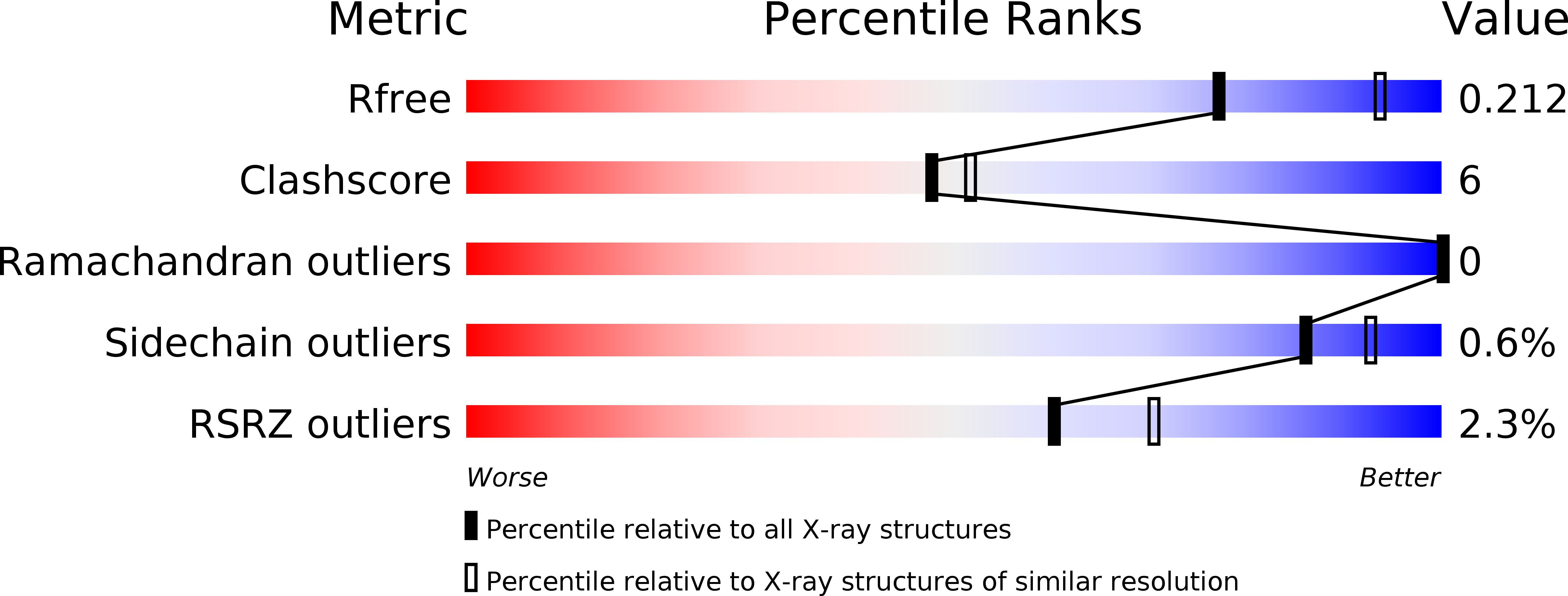
Deposition Date
2011-03-31
Release Date
2012-05-23
Last Version Date
2024-11-13
Method Details:
Experimental Method:
Resolution:
2.36 Å
R-Value Free:
0.21
R-Value Work:
0.17
R-Value Observed:
0.17
Space Group:
I 1 2 1


